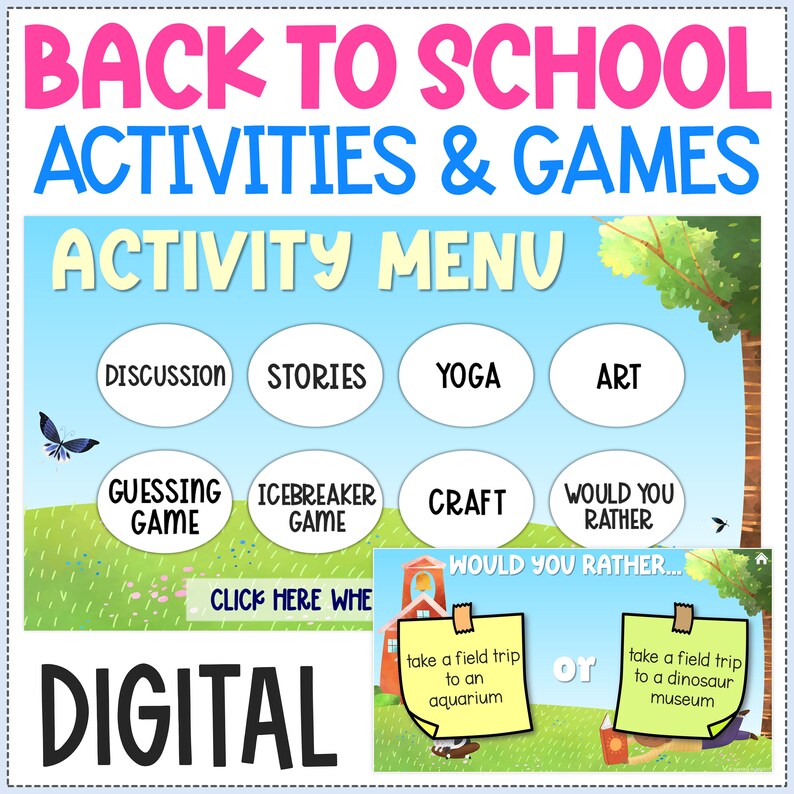
Fostering Connections: The Art of Building Online Communities
by urdigitalplanet in Blog on January 4, 2024Introduction
In the digital age, online communities have become a powerful force, bringing together people with shared interests, goals, or causes. Whether it’s a community around a brand, a hobby, or a social issue, building an online community is an art that involves engagement, nurturing, and growth. This blog post will dive into the strategies and nuances of online community building and its significance in today’s interconnected world.

1. The Importance of Online Communities
Online communities provide a platform for people to connect, share knowledge, and offer support. For businesses and organizations, they are a way to engage with customers or members, gather feedback, and build loyalty. In a broader sense, they foster a sense of belonging and collective identity among members.
2. Identifying Your Community’s Purpose and Audience
The first step in building an online community is identifying its core purpose and target audience. Whether it’s for supporting a product, sharing knowledge about a specific interest, or advocating for a cause, a clear purpose helps in attracting and engaging the right members.
3. Choosing the Right Platform
Selecting the appropriate platform is crucial for community engagement. From social media groups to dedicated forums and messaging apps, each platform offers different features and levels of interaction that can align with your community’s objectives.
4. Creating Engaging and Relevant Content
Content is the lifeblood of online communities. Creating and sharing relevant, engaging, and valuable content encourages active participation and keeps members interested and involved.
5. Encouraging Interaction and Participation
Active participation is key to a thriving community. Encouraging discussions, Q&A sessions, polls, and user-generated content can foster interaction and deepen members’ investment in the community.
6. Moderation and Community Guidelines
Effective moderation and clear community guidelines are essential to maintain a positive and respectful environment. Setting rules for participation and having moderators in place helps in managing conflicts and keeping conversations constructive.
7. Recognizing and Rewarding Active Members
Recognizing and rewarding active members can significantly boost engagement. This can be through acknowledging contributions, offering exclusive content, or providing opportunities for members to take on leadership roles within the community.
8. Analyzing and Adapting
Continuous analysis of community engagement metrics is important to understand what’s working and what isn’t. Being flexible and willing to adapt strategies based on member feedback and engagement data is crucial for sustained growth.
Conclusion
Building an online community is a dynamic and rewarding process. It’s about creating a space where relationships can develop, ideas can be exchanged, and collective goals can be pursued. In our increasingly digital world, online communities play a vital role in connecting people, regardless of geographical boundaries.

